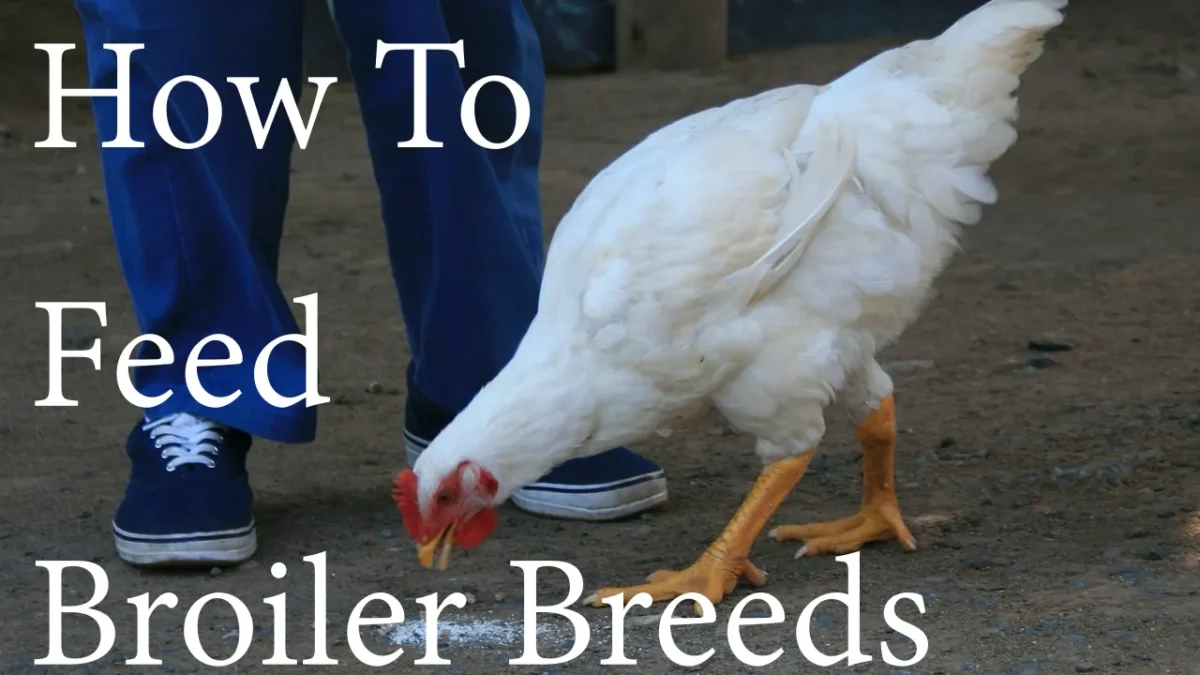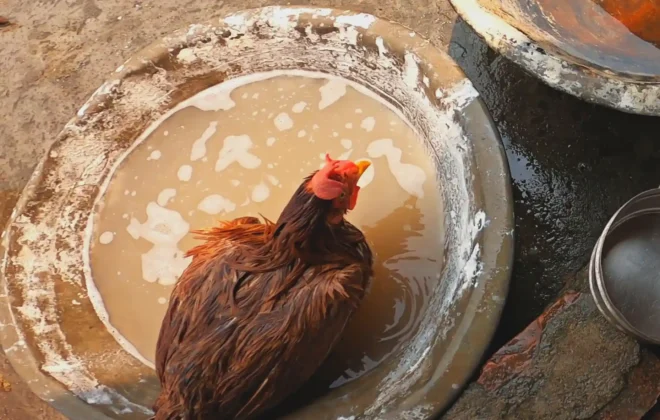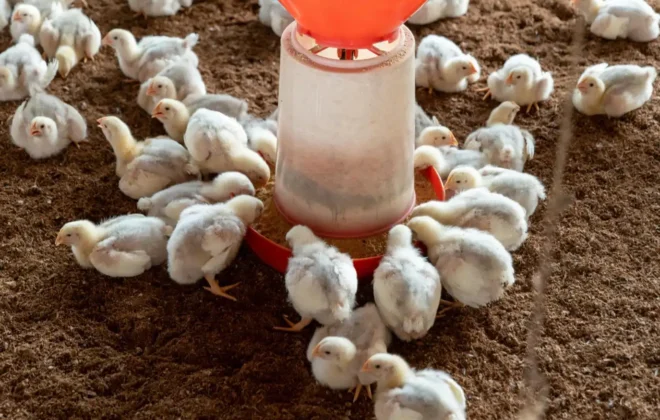
How to Feed Broilers or Commmercial Breeds?
When it comes to raising Cornish-cross broilers, one of the most popular commercial meat breeds, farmers often face a familiar challenge: how to balance rapid growth with long-term health. These birds are genetically designed to reach market weight quickly, but this accelerated growth often comes with complicationsтАФmost notably leg health problems and lameness caused by insufficient nutrition or improper feeding practices.
Fortunately, with the right strategies, you can support healthy growth while avoiding the setbacks that reduce profitability.
Understanding the Cornish-Cross Challenge
Cornish-cross broilers grow exceptionally fast, but their skeletal systems sometimes struggle to keep pace with their muscle development. Without careful feed management, this mismatch can lead to weak legs, difficulty walking, and, ultimately, lower survival rates.
This doesnтАЩt mean you should avoid raising themтАФrather, it means you should feed smarter, not just faster.
Feeding Strategies for Healthier Broilers
Here are proven ways to support steady growth and reduce leg health problems:
- Reduce Lighting Hours ЁЯМЩ
By limiting light exposure, you naturally reduce feeding time. This slows growth without starving the birds, giving their bodies more time to strengthen.
- Overnight Feed Withholding тП│
Allowing birds to rest without feed overnight helps regulate intake. This method prevents overeating and supports healthier bone development.
- Offer Non-Pelleted Feed ЁЯМ╛
Pellets are consumed quickly, while mash or crumbled rations take longer to eat. Switching to non-pelleted feed encourages slower, more natural feeding.
- Add Whole Wheat ЁЯМ┐
Mixing up to 30% whole wheat into their diet not only slows digestion but also improves gut health and nutrient absorption.
Each of these methods helps manage growth rates, ensuring your birds develop stronger legs to carry their increasing weight.
Exploring Alternatives to Fast-Growing Broilers
If youтАЩd rather avoid these challenges altogether, consider raising heritage breeds or slower-growing hybrids. These breeds donтАЩt bulk up as quickly as Cornish-cross broilers, but they offer hardier health and often a richer meat flavor.
Another popular option is pasture-raising broilers, which allows birds to forage naturally while supplementing with a balanced ration. Depending on your goals, you can choose between:
ЁЯей High-Protein Diets (up to 30% protein)тАУ ideal for farmers aiming for fast growth and efficient muscle development.
ЁЯМ╜ High-Energy Diets (grain-rich)тАУ preferred by those seeking slower growth with a focus on meat flavor and texture.
While lower-protein diets may save on feed costs initially, they often increase the overall feed required per bird, making them less economical in the long run.
Final Thoughts
Feeding broilers is more than just pouring grain into a troughтАФitтАЩs about finding the right balance between growth, health, and cost efficiency. Whether you choose Cornish-crosses, heritage breeds, or pasture-raised systems, success depends on nutritional strategy and careful management.
At ChickCoop┬о, weтАЩre more than just a Chicken Company, writing interesting blogs about themтАУ weтАЩre your trusted partner in building a modernized, sustainable and profitable farm. From breed selection to buy-back support, feed guidance, and modern farm management tips, we ensure farmers like you achieve the best results and profits.
Call us today to discuss your farming needs
ЁЯУз Email us at: write@chickcoop.in
ЁЯУЮ Call us: +91-9939209699


